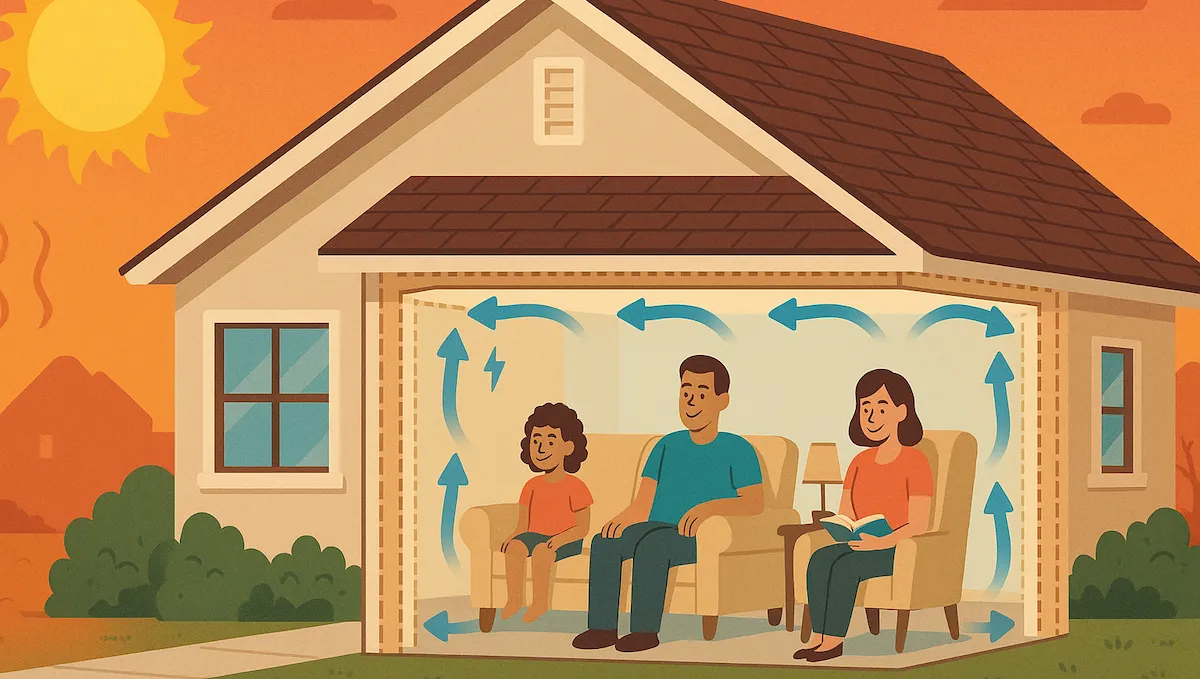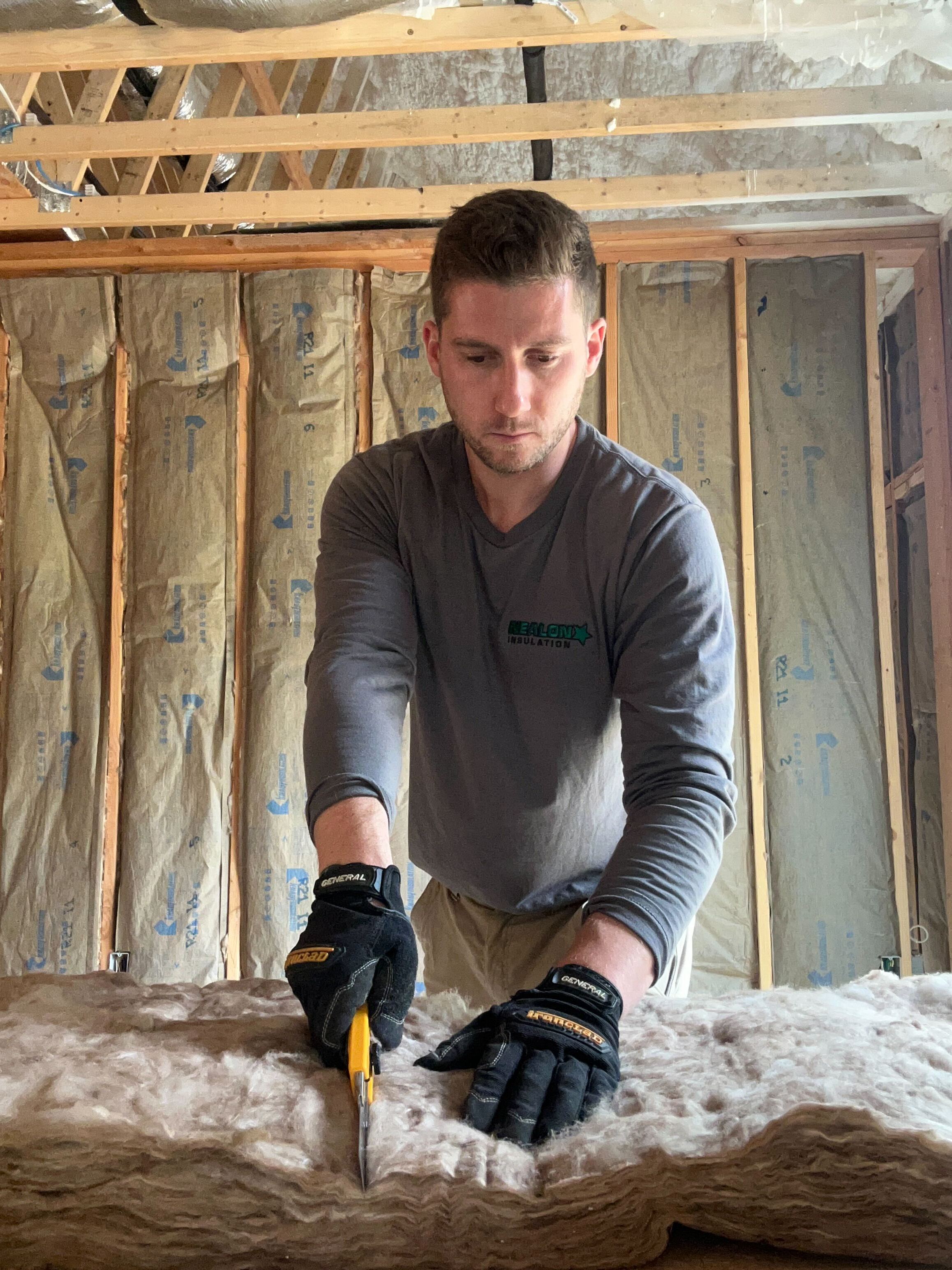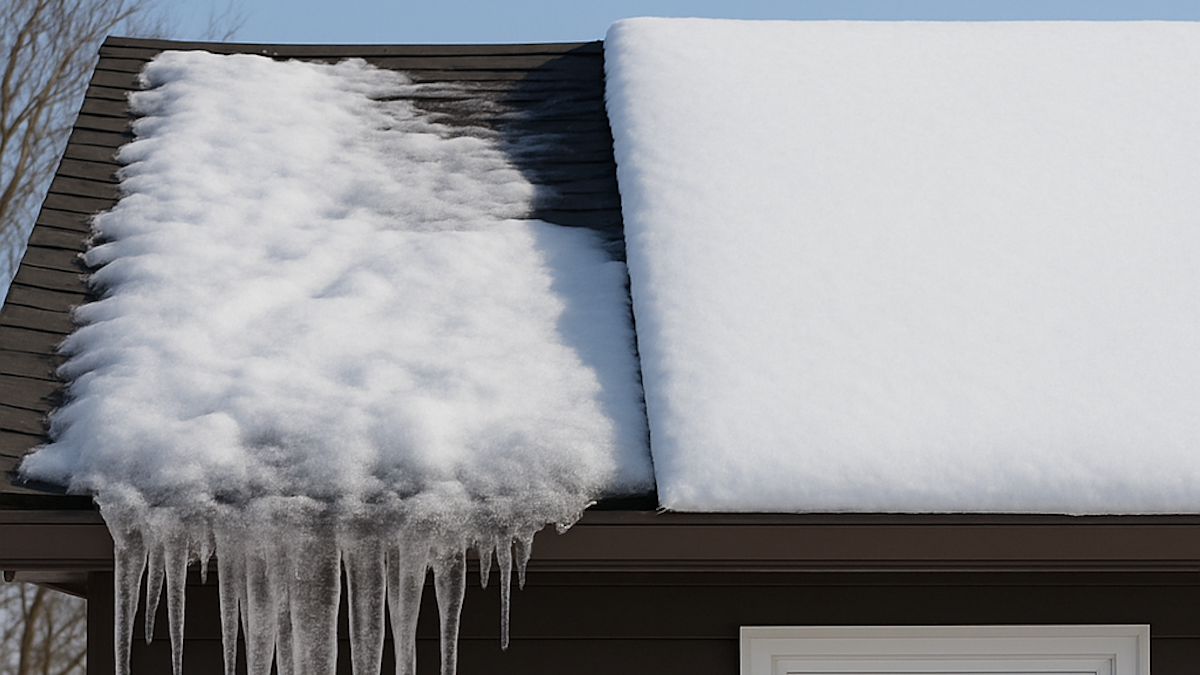10 Free or Cheap Ways to Keep Your Connecticut Home Cooler This Summer

Connecticut summers don’t mess around. One day it’s a nice breeze off the Sound, the next it feels like your house turned into a baked potato. But before you crank the AC to the point where your electric bill starts sweating too, here are ten ways to beat the heat—without breaking the bank.
1. Shut the blinds like it’s your job
Seriously. About 30% of unwanted heat comes from your windows. Keep blinds and curtains closed during the hottest parts of the day—especially on south- and west-facing windows. Blackout curtains? Even better.
2. Box fans + window trick = poor man’s AC
Point a box fan out the window in the evening to blow hot air out while you crack a window on the cooler side of the house. It creates a little air current that pulls cool air in and shoves hot air out.
3. Switch your ceiling fans to “summer” mode
Yes, they have a summer setting. There’s usually a little switch near the base. Flip it so the fan spins counterclockwise—this pushes air down and creates a cooling breeze instead of just stirring the soup.
4. Ditch the incandescent bulbs
Old-school bulbs run hot. Swap 'em out for LEDs and your rooms stay a few degrees cooler. Plus, it cuts your electric bill. Win-win.
5. Cook less—or cook outside
Using the oven or stove heats up your kitchen like a pizza shop. Grill outside, eat more cold foods, or prep meals early in the day. Your house (and your face) will thank you.
6. Seal the air leaks
You know those little cracks around windows, doors, and basement bulkheads? They’re like VIP entry for hot air. Caulk, weatherstripping, and a little bit of foam sealant can go a long way. Not sure where the leaks are? We can help air seal your home.
7. Close off unused rooms
No need to cool the guest room your in-laws use twice a year. Shut the doors to rooms you’re not in—this keeps the cooler air circulating where you actually need it.
8. Use bathroom and kitchen exhaust fans
These fans aren’t just for smells and steam—they pull hot air and humidity right out of the house. Use 'em during and after cooking or showering to help the whole place cool down faster.
9. Add some attic insulation
Yep, insulation isn’t just a winter thing. A poorly insulated attic turns into a giant heat battery that radiates down into your living space all day long. Dense-packed cellulose can help keep that heat out in the summer and in during the winter. Spray foam is the most expensive of the insulation types and fiberglass tends to be the cheapest.
10. Schedule an energy audit
If your home feels like a sauna every summer, there’s a reason. A free or low-cost energy audit (like the ones offered through EnergizeCT) can pinpoint the exact spots your house is losing the fight against heat—and help you qualify for rebates to fix them.
Why Insulation Helps You Run the A/C Less
Think of insulation like a cooler—just like it keeps the cold in and the heat out, your home can do the same when it’s properly insulated.
Without insulation (or with old, crusty, half-bald insulation), all that nice cold air your A/C is working so hard to produce? It slips right out through your attic, walls, and basement like water through a colander. And the hot summer air outside? That stuff seeps in like an uninvited guest.
Add proper insulation—especially in your attic and walls—and suddenly, your A/C doesn’t have to work nearly as hard. You cool the house down once… and it stays cool. That means:
- Lower energy bills
- Less wear and tear on your HVAC system
- More consistent comfort (no more sweatbox upstairs and meat locker downstairs)
Bottom line: good insulation gives your air conditioning a break—and your wallet one, too.
Related Articles
Let's Work Together
Ready to transform your home into an energy-efficient haven? Schedule your free energy assessment today and experience the Nealon difference for yourself.



